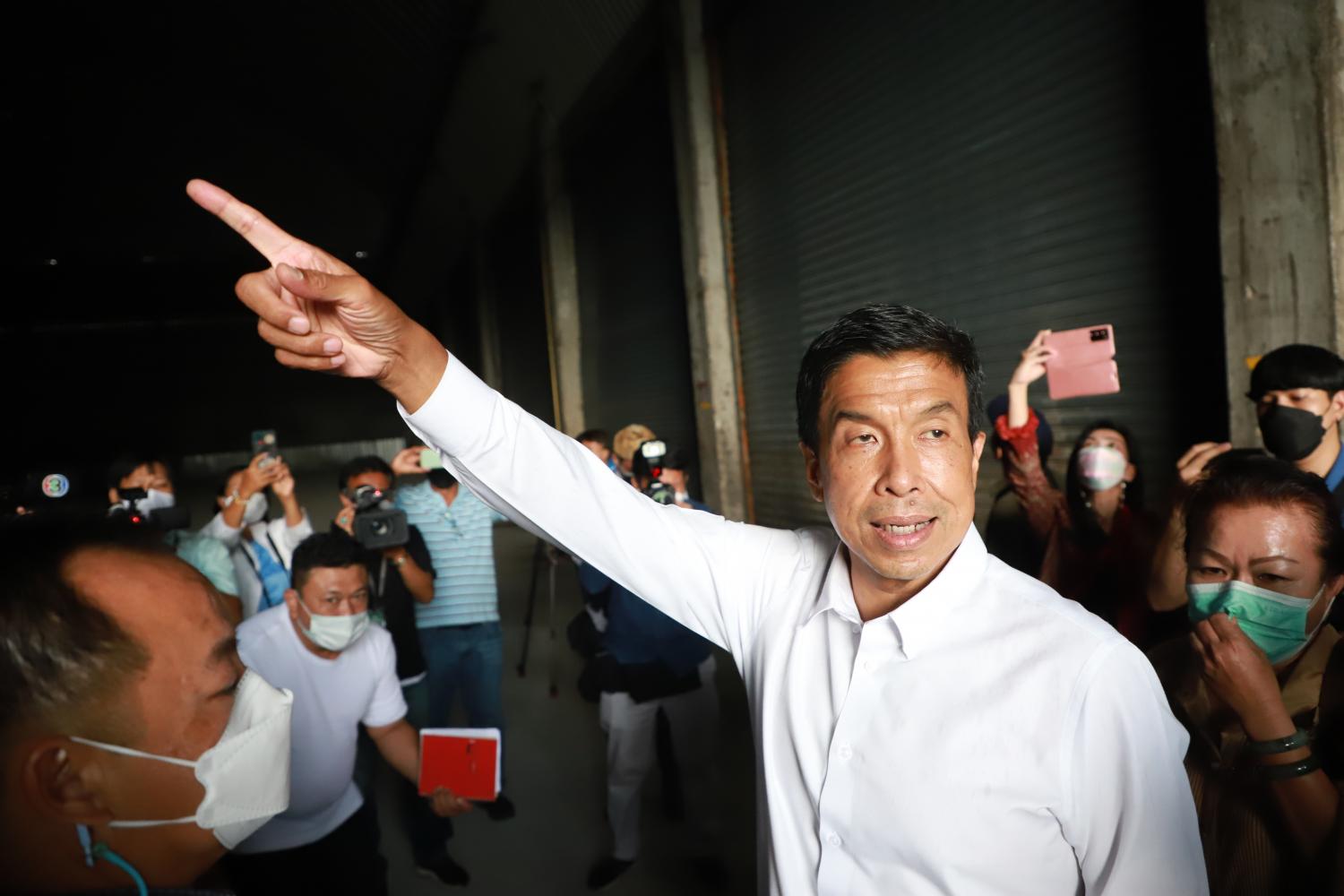
The Bangkok Metropolitan Administration (BMA) is preparing to set up hawker centres as a permanent solution to unorganised street vendor stalls.
Bangkok governor Chadchart Sittipunt said the city needs to set aside areas for street vendors to provide residents with affordable food and so that they themselves can make a living.
Mr Chadchart on Tuesday surveyed pavements outside Phran Nok Market, one of 31 locations the BMA was looking to turn into street-vending areas.
The governor said local residents supported hawker centres being opened as they benefited sellers and customers.
A two-metre wide pavement must be clearly designated. One metre will be set aside for stalls and the remaining metre left unobstructed for pedestrians.
Pavements must be kept clean and tidy and clear for pedestrians. This requires full cooperation from vendors and the occupants of nearby buildings. If pavements are left cluttered, permission to trade there will be revoked, according to Mr Chadchart.
The governor added that a weekly break from street-side vending on Mondays will remain in force for cleaning pavements although he was considering whether to make the break bi-monthly.
The BMA also has a plan to open hawker centres where some street-side vendors can trade and pay cheap rents.
Mr Chadchart said the BMA was in the middle of negotiating with relevant parties to use areas underneath expressways and vacant land as hawker centres.
Several owners have agreed to lease their privately owned land for use in the hawker project with a promise to charge low rents.
Meanwhile, representatives of downtown Bangkok businesses gathered at the Thaniya Plaza Building on Silom Road on Tuesday to launch their newly formed We Love Silom Association.
They announced their intention to improve pavements, street lighting and greenery in Bangkok's prime business area.
Association chairwoman Onrudee Na Ranong said businesses on Silom Road attached great importance to improving the landscape.
A survey of about 100 people in the area revealed most wanted more greenery, clean pavements, clearly marked pedestrian crossings and better lighting to ensure public safety, she said.







